I would appreciate any explanations to "Clustered Index Scan
(Clustered)"
I will try to put in the easiest manner, for better understanding you need to understand both index seek and scan.
SO lets build the table
use tempdb GO
create table scanseek (id int , name varchar(50) default ('some random names') )
create clustered index IX_ID_scanseek on scanseek(ID)
declare @i int
SET @i = 0
while (@i <5000)
begin
insert into scanseek
select @i, 'Name' + convert( varchar(5) ,@i)
set @i =@i+1
END
An index seek is where SQL server uses the b-tree structure of the index to seek directly to matching records

you can check your table root and leaf nodes using the DMV below
-- check index level
SELECT
index_level
,record_count
,page_count
,avg_record_size_in_bytes
FROM sys.dm_db_index_physical_stats(DB_ID('tempdb'),OBJECT_ID('scanseek'),NULL,NULL,'DETAILED')
GO
Now here we have clustered index on column "ID"
lets look for some direct matching records
select * from scanseek where id =340
and look at the Execution plan

you've requested rows directly in the query that's why you got a clustered index SEEK .
Clustered index scan: When Sql server reads through for the Row(s) from top to bottom in the clustered index.
for example searching data in non key column. In our table NAME is non key column so if we will search some data in the name column we will see clustered index scan because all the rows are in clustered index leaf level.
Example
select * from scanseek where name = 'Name340'

please note: I made this answer short for better understanding only, if you have any question or suggestion please comment below.


